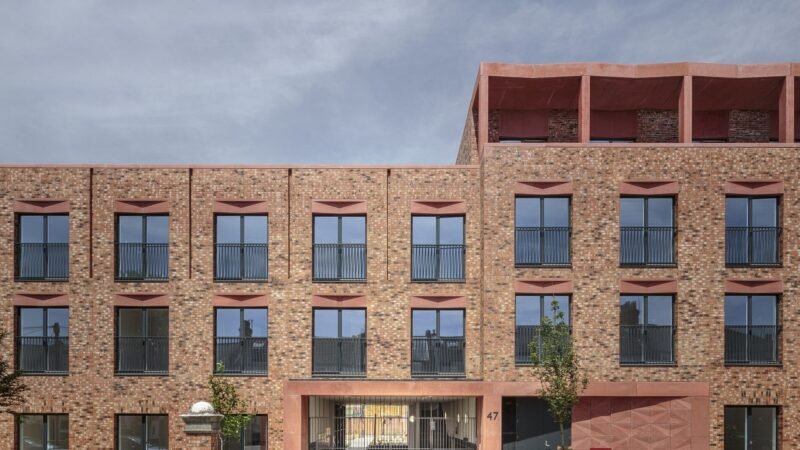Tiny House, Huge Opportunity?
The phenomenon of ‘tiny houses’ is gradually establishing itself. Whilst they first served as an escape to the most environmentally conscious among us, these small homes appear to have a much larger potential. They are anything but a simple designer’s creation: as it stands, tiny houses are increasingly proving to be very useful in creating communities of people that have low-incomes, or even worse, are homeless.

Tiny house on the prairie
You may not have heard of it before, but the Tiny House Movement is an existing social movement, consisting of people that are downsizing spaces in which they live. Considering that the average American home is around 2,600 square feet, and these houses are between 100-400 square feet, you have to admit that it is really tiny. Since most Americans spend 1/3 to 1/2 of their income on housing, both financial as well as environmental motivations in most cases underlie people’s decision to join this movement.



However, according to Andrew Heben (author of Tent City Urbanism), these tiny houses have the potential to serve larger, social goals. Given the fact that they’re relatively cheap, easy to build and locate due to their small size, and primarily attract a particular group of people, Heben argues that the small homes are extremely suitable in creating vibrant local communities. Inspired by the Occupy Movement, and Oregon’s ban on illegal camping, Heben started his experiment by grouping Oregon’s various tent cities. The result: Opportunity Village, a self-governed ‘intentional community’ consisting of thirty dwellings. All houses are made of donated, pre-fabricated materials, costing about $3,000 per unit. As the homes lack any utilities or water, people cook and wash in shared facilitaties.
Although tiny houses and project such as Opportunity Village offer an affordable alternative to many living in overpriced housing markets, it is not to say that this is the solution to everything. As Heben stresses, his project likely won’t solve homelessness, nor unafforable housing. It is just an experiment, but one that does show signs of social potential.



